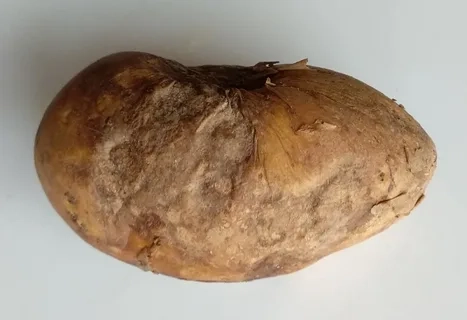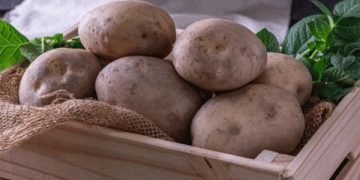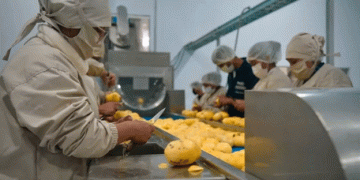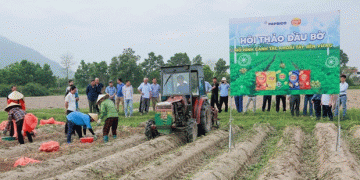Potato anthracnose is a fungal disease that affects potatoes, causing yield losses and reduced crop quality. This article will provide farmers, agronomists, agricultural engineers, farm owners, and scientists with essential information on how to prevent, detect, and treat potato anthracnose.
According to the latest data from the International Potato Center, potato anthracnose is a widespread disease that can cause yield losses of up to 70% in susceptible varieties. The fungus responsible for the disease, Colletotrichum coccodes, can survive for several years in soil, plant debris, and infected seed potatoes. This highlights the importance of effective preventive measures, such as crop rotation, using certified seed potatoes, and implementing strict sanitation practices to reduce the disease’s spread.
Early detection is critical to control potato anthracnose effectively. Farmers and agronomists should be aware of the disease’s symptoms, which include dark lesions on the plant’s stem, leaves, and tubers. Using diagnostic tools such as PCR-based assays can confirm the presence of the disease in infected plants and soil.
Effective treatment techniques for potato anthracnose include applying fungicides, such as azoxystrobin and chlorothalonil, and using resistant potato cultivars. Research has shown that some potato cultivars, such as Atlantic and Defender, have a high level of resistance to C. coccodes. This information can be beneficial to farmers and farm owners when selecting the right potato varieties to plant.
In conclusion, potato anthracnose is a severe disease that can cause significant losses in potato crops. However, with effective preventive measures, early detection, and proper treatment techniques, farmers, agronomists, agricultural engineers, and scientists can mitigate the disease’s impact on potato production. By implementing these strategies, we can protect our food security and support sustainable agriculture.






